
This logo isn't an ad or affiliate link. It's an organization that shares in our mission, and empowered the authors to share their insights in Byte form.
Rumie vets Bytes for compliance with our
Standards.
The organization is responsible for the completeness and reliability of the content.
Learn more
about how Rumie works with partners.
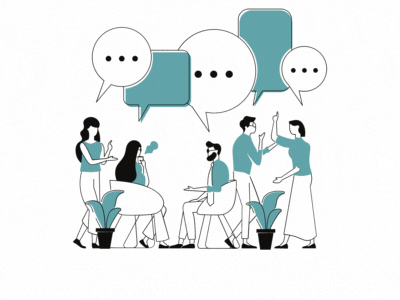
Marcus' teaching colleagues love the podcast project Marcus developed for his 6th grade language arts class!
He taught students an audio editing app to record themselves reading poems they’d studied.
Fast forward a few weeks. Marcus’ students remember how to use the app.
His lessons on analyzing poetry? Not so much.

Marcus’ teaching mentor thinks he got so wrapped up in the podcasting project that he lost sight of learning outcomes (goals that define what students should take away from a lesson).
His mentor suggests revising the poetry unit using the 3 stages of backward design: a more "student-centric" approach that develops outcomes and assessments before planning any class content.
Step 1: Identify Desired Results
What is it I hope that students will have learned, that will still be there and have value, several years after the course is over?
— L. Dee Fink
In backward design, the teacher starts by considering the end result of instruction: the learning outcomes. Results, not content, drive the teacher's planning.
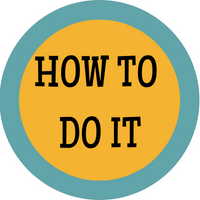
Other tips:
Outcomes should be "specific [and] measurable" rather than vague.
Use "active verbs" (like "apply" or "analyze") to center your outcomes on learning.
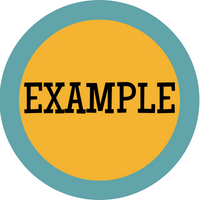
He applies the first step of backward design and develops a more specific learning outcome to guide his next poetry lesson:
Quiz: Learning Outcomes in Backward Design
 By the end of this lesson, students will know the most important ideas conveyed in a single poem.
By the end of this lesson, students will know the most important ideas conveyed in a single poem.
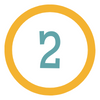 By the end of this lesson, students will be able to support their interpretations by finding and citing quotations from a poem.
By the end of this lesson, students will be able to support their interpretations by finding and citing quotations from a poem.
 By the end of this lesson, students will be able to explain the difference between explicit and implicit meanings of a poem.
By the end of this lesson, students will be able to explain the difference between explicit and implicit meanings of a poem.
Quiz
Which of the above statements could Marcus use as a new learning outcome? Select all that apply.
Statements 2 and 3 present effective outcomes: they use active verbs ("support," "explain") to zero in on “specific and measurable” shifts in student performance. Statement 1 ("know") seeks a less precise outcome that's harder to measure through teacher observation. It should be revised.
Step 2: Determine Acceptable Evidence
What would the students have to do to convince me — and themselves — that they had achieved those learning goals?
— L. Dee Fink
Now, develop assessments (tests or other graded work) that measure how closely students come to achieving stated learning outcomes.
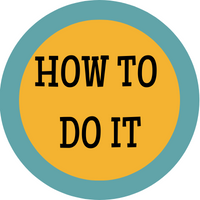 The assessment(s) and the learning outcome should be closely aligned in terms of:
The assessment(s) and the learning outcome should be closely aligned in terms of:
"Scope [and] balance" — the assessment should measure only the skills and knowledge addressed in the learning outcome and not go beyond that.
"Kinds of engagement" — the assessment and learning outcome should use the same format; if the outcome is to be able to build a circuit, the assessment should be building a circuit, not taking a written test.
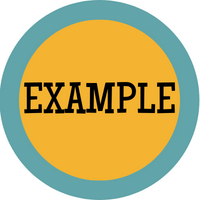 Marcus’ shares his new learning outcome with his mentor. She suggests some new assessments to align with the learning outcome:
Marcus’ shares his new learning outcome with his mentor. She suggests some new assessments to align with the learning outcome:
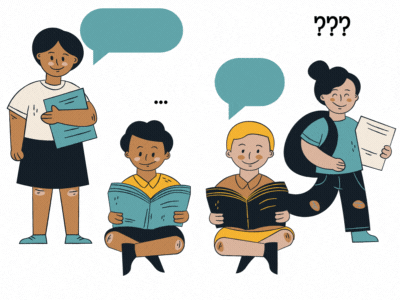
Team text mark-up #1: students work together to identify and mark repeated words in a printed poem and analyze how repetition impacts tone and meaning.
Team text mark-up #2: Applies the same analysis to images.
Team text mark-up #3: Applies the same analysis to sounds.
Quiz: Assessment in Backward Design

Remember Marcus’ new learning outcome:
“By the end of this lesson, students will be able to analyze the ways repetition (of words, sounds, and images) impacts tone and meaning.”
 Student teams highlight all the alliterative rhymes (words that all begin with the same consonant) in a poem.
Student teams highlight all the alliterative rhymes (words that all begin with the same consonant) in a poem.
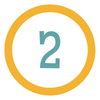 Student teams select other poems from the same time period as their assigned poem to compare tone.
Student teams select other poems from the same time period as their assigned poem to compare tone.
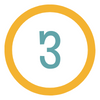 Student teams research details of the poet's life to apply to their analysis of a poem's meaning.
Student teams research details of the poet's life to apply to their analysis of a poem's meaning.
Quiz
Which of the above assessments match the learning outcome in terms of scope? Select all that apply.
Only option 1 matches the learning outcome in terms of scope. It requires students to identify a specific type of repeated sound. Options 2 and 3 mention tone and meaning, but they require research and ask students to learn about history and biography. Since the skills and knowledge assessed are different from the learning outcome, options 2 and 3 aren't a good match in terms of scope.
Step 3: Plan Learning Experiences and Instruction
What would the students need to do during the course to be able to do well on these assessment activities?
— L. Dee Fink
Now, develop learning experiences (lessons, activities, materials) using the learning outcomes and aligned assessments from the previous two steps.

Do my assigned materials address the learning outcome, or do I just enjoy teaching them?
Do today’s learning activities directly prepare students for the next assessment, or am I assigning exercises because they seem fun?
Does this content give my students the background knowledge they need to meet the learning outcomes, or does it provide interesting but unnecessary information?
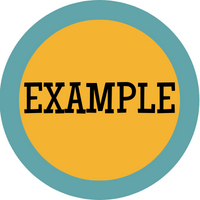 Marcus feels confident that his three group text mark-up assessments tie back to his new learning outcome. He develops new learning experiences (lessons and in-class activities)to prepare students for the assessments:
Marcus feels confident that his three group text mark-up assessments tie back to his new learning outcome. He develops new learning experiences (lessons and in-class activities)to prepare students for the assessments:
Marcus presents a lesson demonstrating how to annotate and analyze a poem.
Students work in teams to discuss and analyze an assigned poem.
Students complete annotation templates to capture their ideas in written and visual form.
Quiz: Learning Experiences in Backward Design
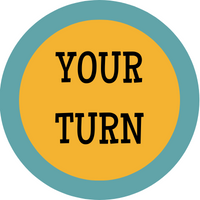
Marcus wants to use backward design to turn the original podcast lesson into an assessment of the new learning outcome.
He'll need to develop classroom learning experiences that prepare students to meet the learning outcome through their podcasts.
Marcus considers a few different classroom activities that could help the podcast assessment align with the learning outcome, which was:
By the end of this lesson, students will be able to analyze the ways repetition (of words, images, and sounds) informs a poem’s tone and meaning.
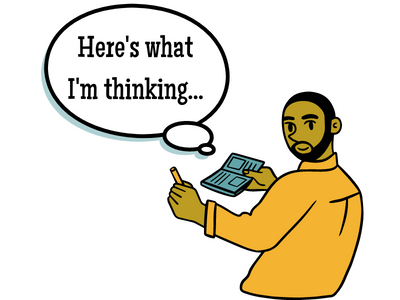
 Apply the group annotations to decide which words to emphasize when reading a poem aloud in the podcast recording.
Apply the group annotations to decide which words to emphasize when reading a poem aloud in the podcast recording.
 Select some sound effects to use in the podcast recording to help convey the poem's tone.
Select some sound effects to use in the podcast recording to help convey the poem's tone.
 Write a short explanation of how a repeated word impacts tone, and share it in the podcast recording.
Write a short explanation of how a repeated word impacts tone, and share it in the podcast recording.
Quiz
Which learning activities would help the podcast assessment tie back to the learning outcome? Select all that apply.
Options 1 and 3 tie directly to the analytical goals of the learning outcome. They require students to think about emphasis, sound, word choice, and tone, so they prioritize the skills that are being assessed. Option 2 also mentions sound and tone, but it strays from the poetry sources students are learning about by introducing sound effects. Option 2 sounds like a fun, engaging activity, but it doesn't directly tie to the learning objective. It’s not appropriate in a backward design approach.
Take Action
Now you know the 3 basic steps needed in a backward design approach!

This Byte has been authored by
AK Liss
Learning Designer

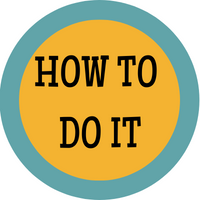 In the backward design approach, class time is spent on activities that tie the lesson to an outcome and its assessment
In the backward design approach, class time is spent on activities that tie the lesson to an outcome and its assessment